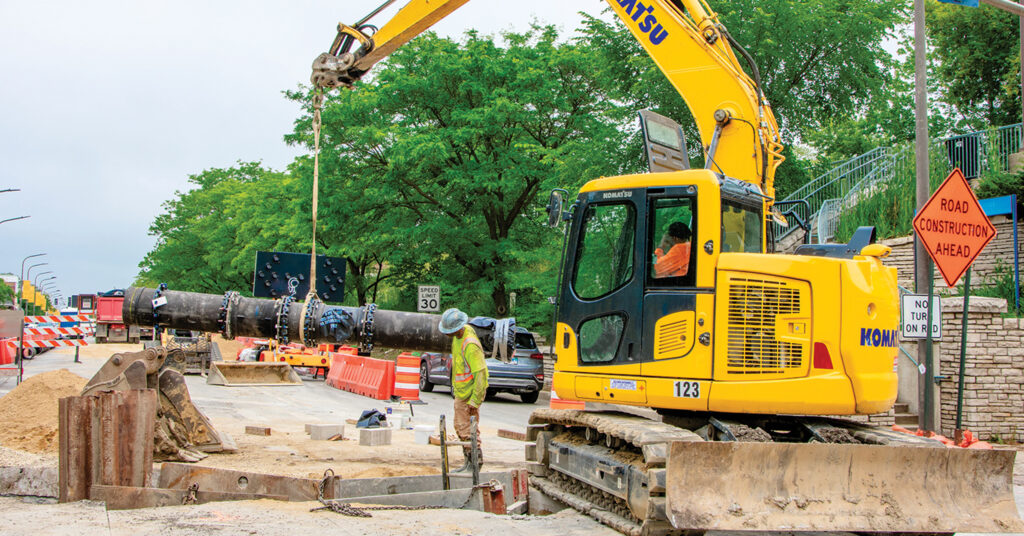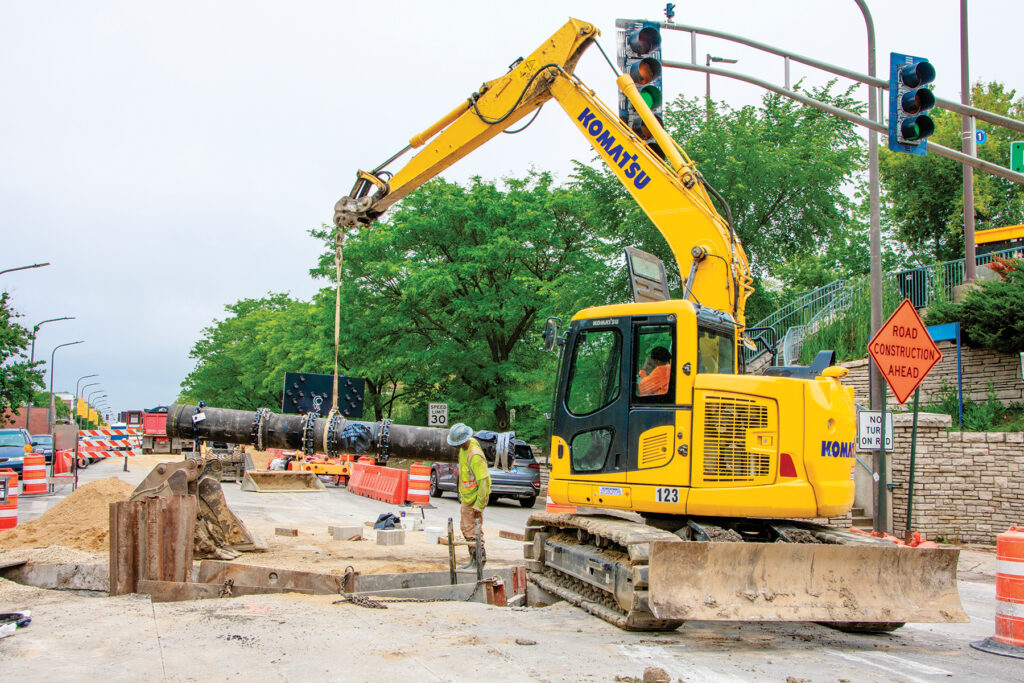
Industry Insight
Infrastructure investment provides clear economic benefit, according to new APWA report that shows GDP increase
Communities are benefiting from infrastructure investments, according to a recent report from the American Public Works Association (APWA). For every $1 invested in transportation, the report found that $5 in economic benefits are returned and every $1 billion supports and creates approximately 50,000 jobs.
“This important report shows just how essential the public works profession is in every community throughout the U.S.,” said APWA CEO Scott D. Grayson, CAE. “For surface transportation, and water and emergency management, we now know the level of financial benefit of every dollar invested, and we know what the benefit could be if budgets at all levels of government came closer to actual need.”
Grayson continued, “Asset management technology is giving communities better insight into the health of their infrastructure, which is allowing them to schedule and fund maintenance projects and extend the life of roads, sewer systems and bridges. However, AM is also providing a clearer picture of what needs to be replaced now.”

Additional funding needed
Further findings show a greater economic benefit would be realized if funding more closely matched need. The report said there is an $81 billion funding gap in total water sector capital expenditures. As a result, 2.1 trillion gallons of drinking water worth $7.6 billion are lost due to aging infrastructure. Lower production volumes could also result in 636,000 jobs lost annually by 2039.
“Public works teams keep the water flowing, but in some communities, duct tape and bailing wire no longer work, as this research shows,” said APWA President Keith Pugh, PE, PWLF.
According to the report, if the U.S. increased its investment in water infrastructure by $109 billion a year until 2043, approximately 800,000 new jobs would be created and the increased reliability in water services would help consumers avoid $7.7 billion in medical costs, $2.6 trillion in losses caused by service disruptions, and $1.4 trillion in lost income.
Grayson and Pugh acknowledge the significant strides being made to rebuild transportation and water infrastructure through the Infrastructure Investment & Jobs Act (IIJA).
“IIJA is the official acknowledgment that our infrastructure needs more and better help,” Pugh said. “As we always have, APWA is working with local, state and federal partners to ensure the historic act’s success.”
To learn more about the new APWA report visit https://www.apwa.org/community-outreach/apwa-public-works-report-shows-benefit-of-investing-in-american-communities/.



